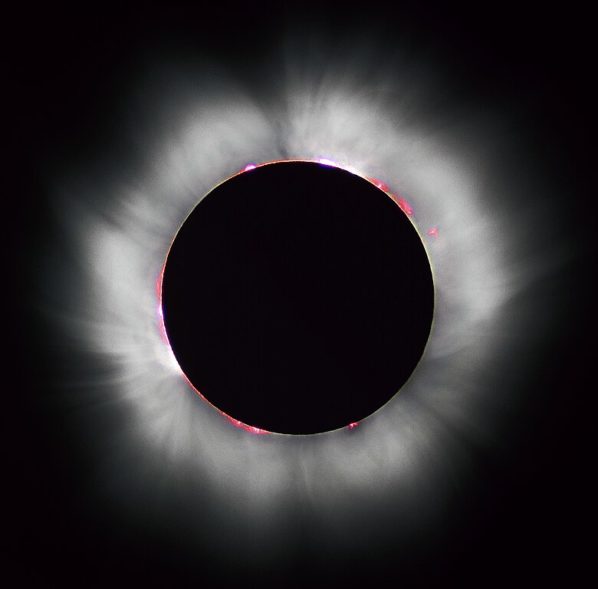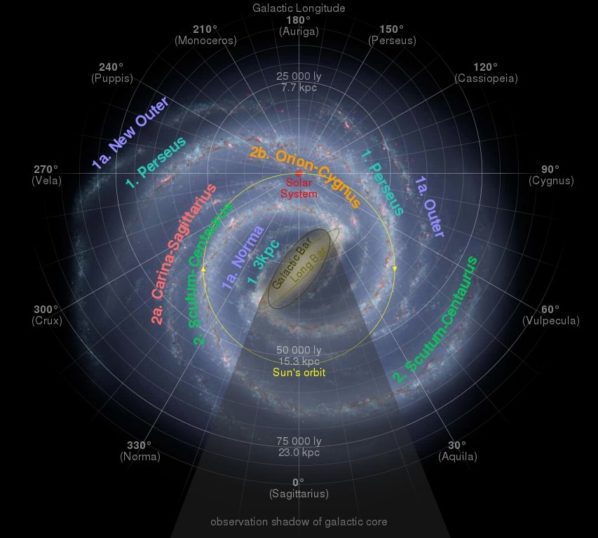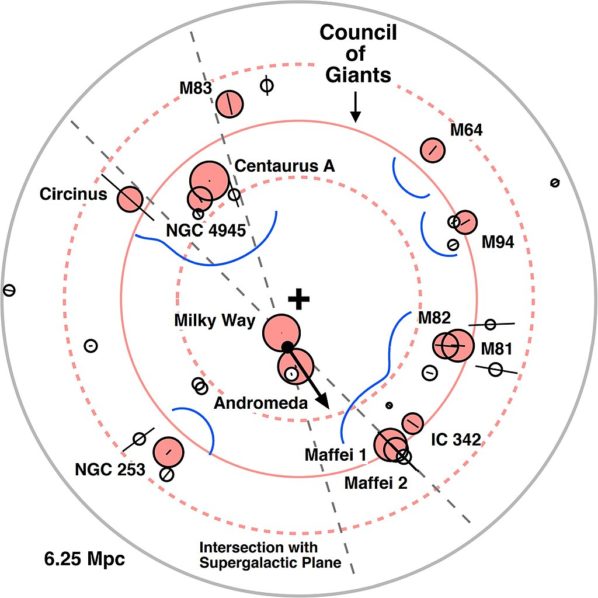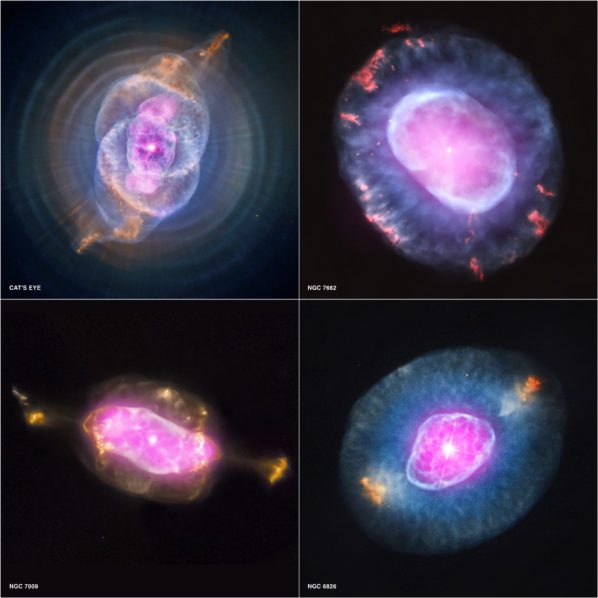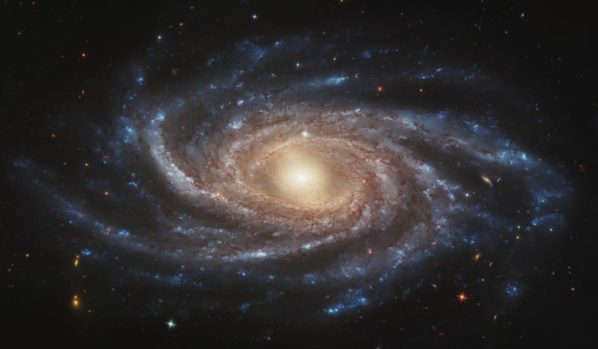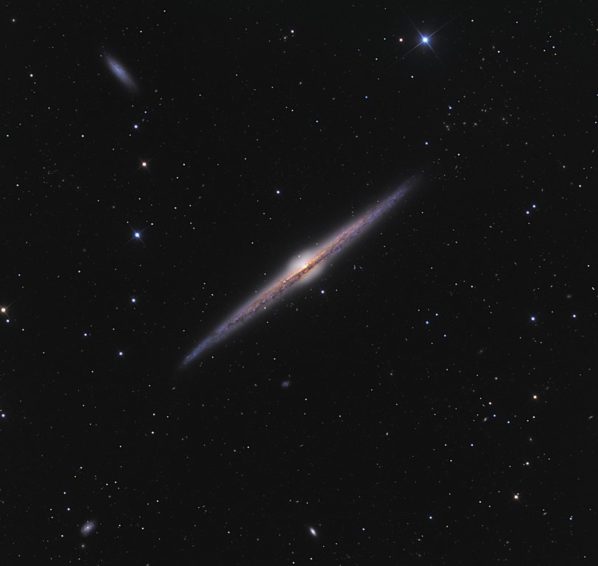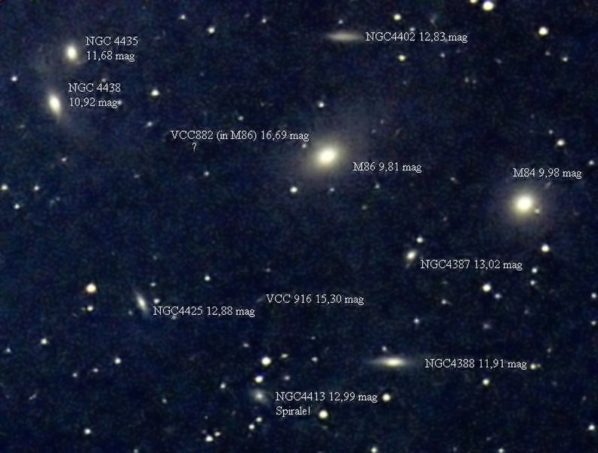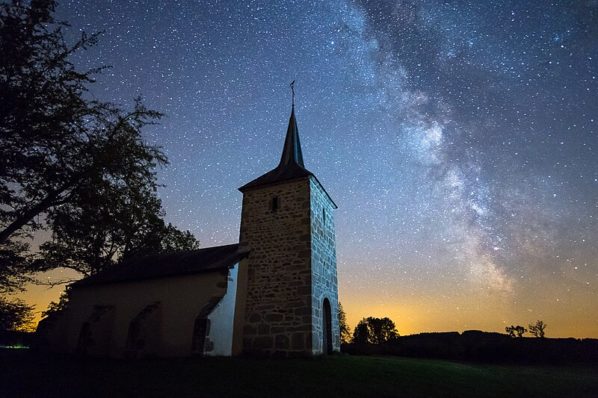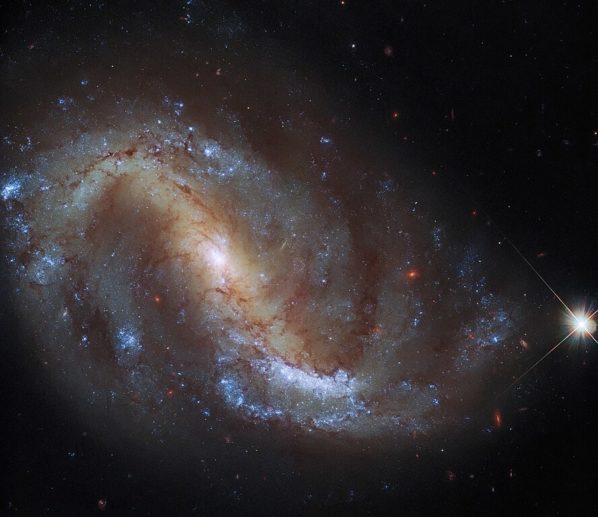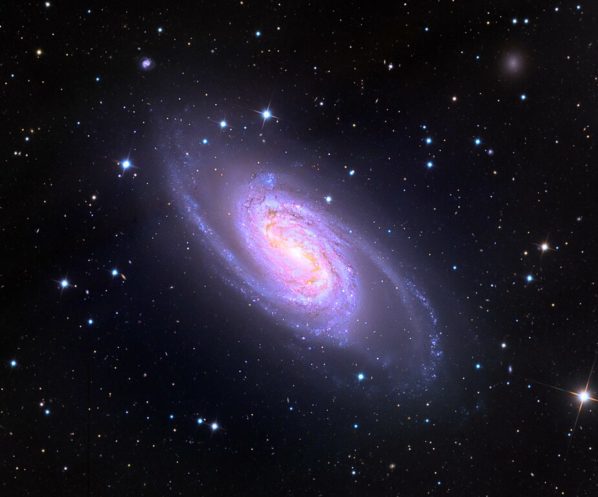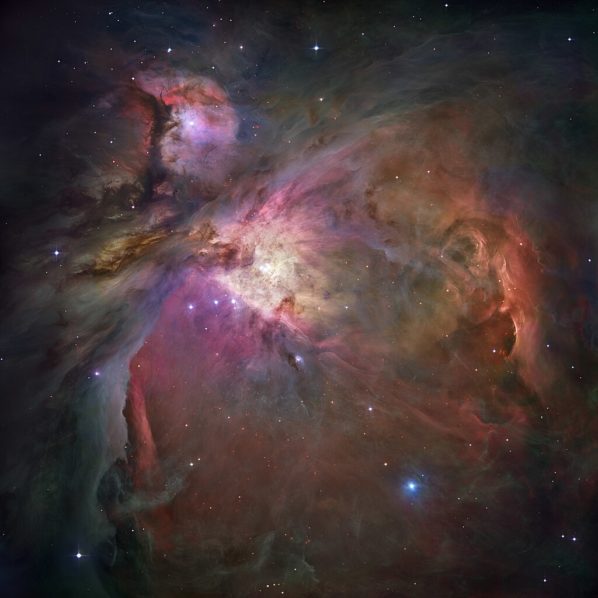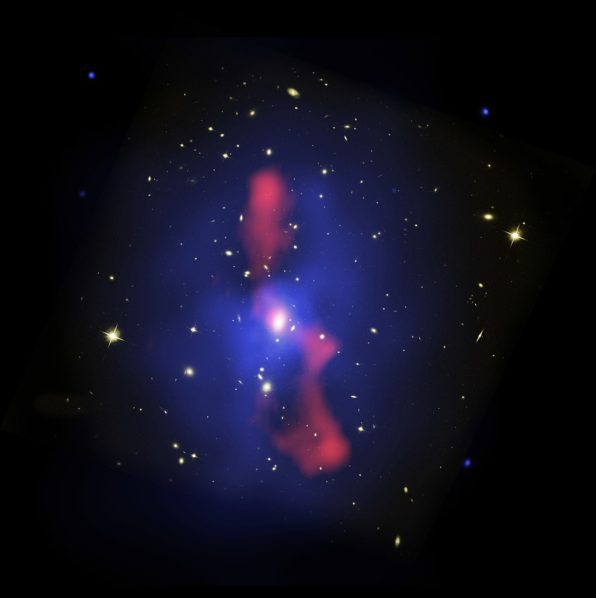Stargazing Calendar for April 2024
Discover the celestial marvels of stargazing in April 2024 with a total solar eclipse, the Lyrid meteor shower, and the perihelion of a comet.
Carina-Sagittarius Arm of the Milky Way Galaxy
Explore the mysteries of the Carina-Sagittarius Arm in the Milky Way, a minor spiral arm revealing unique celestial features and offering insights into the galaxy's dynamic structure.
What Is the Council of Giants?
Embark on a cosmic journey through the Council of Giants, exploring the enigmatic structures and active cores of giant galaxies in the Local Sheet. Witness the dynamic evolution shaping these celestial wonders within our cosmic neighborhood.
What Is the New General Catalogue of Nebulae and Clusters of Stars?
The New General Catalogue (NGC): 7,840 celestial wonders curated by John Louis Emil Dreyer in 1888, guiding astronomers in their cosmic exploration.
NGC 2336 – A Unique Barred Spiral Galaxy
NGC 2336: a distant barred spiral galaxy boasting a luminous ring, central bar, and a powerful black hole at its core. Explore its cosmic wonders.
NGC 4565: The Needle Galaxy
Discover NGC 4565, the Needle Galaxy—a captivating edge-on spiral offering insights into galactic evolution, captivating stargazers worldwide.
What Are Intergalactic Stars?
Explore the enigmatic realm of intergalactic stars, ejected from galaxies and residing in the cosmic void, shaping our understanding of stellar evolution and challenging established theories.
Galactic Archaeology: Unveiling the Secrets of the Universe
Galactic archaeology, a branch of astronomy, studies the Milky Way's history, evolution, and origins by scrutinizing stars and cosmic elements.
NGC 7496: A Stunning Example of a Barred Spiral Galaxy
Discover NGC 7496, a stunning barred spiral galaxy in Grus constellation. Unveil its unique structure, vibrant star formations, and cosmic mysteries.
NGC 2903: A Glimpse into the Barred Spiral Galaxy
NGC 2903 is a captivating barred spiral galaxy in Leo, akin in size to our Milky Way. Discovered in 1784, it's a remarkable cosmic wonder inspiring awe and scientific curiosity.
Stargazing Calendar for December 2023
Explore the celestial wonders of December 2023 with meteor showers, planetary alignments, and cosmic events that paint the night sky. Discover the grandeur and beauty of astronomical phenomena in this captivating journey through the stars.
Galaxy Cluster MS0735 – Three Telescopes Show a Very Different Picture
Unveiling the Mysteries of Galaxy Cluster MS0735: Explore the enigmatic cluster through optical, X-ray, and radio lenses, revealing the colossal scale of a supermassive black hole's impact and the intricate dance of forces within this captivating galactic cluster.

